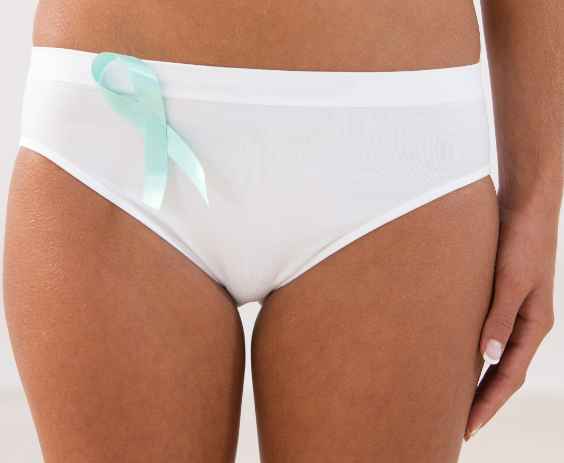Johnson & Johnson (J&J), the beleaguered personal care products manufacturer, took a new approach recently in a case in California where the company faces the possibility of literally hundreds of multi-million dollar judgments over injuries caused by its products. The tactic: discredit the expert witnesses slated to provide testimony for the plaintiff.
Victims, Damages Adding Up
For more than a decade, J&J has been the subject of allegations that its talc-based products can, when used as directed, lead to serious health complications in some women. In the most serious cases, these products have been blamed for ovarian cancer, a disease which claims about 15,000 lives each year.
Since 2009, legal actions have proliferated against the company. To date, at least 2,400 women have filed lawsuits against J&J over this issue, with most of the cases consolidated in multidistrict litigation in Missouri, New Jersey, and California.
Prior to last year, J&J had experienced generally good success fending off these suits, either through confidential settlements or favorable verdicts. But several major cases have now gone against the company: Since February of 2016, four out of five verdicts have been for plaintiffs, and they’ve added up to over $300 million (although J&J has appealed and the final amounts could be reduced).
The Science—and the Responsibility
Does the science support plaintiff claims against J&J? The company’s lawyers argue strenuously that it does not.
In the preliminary hearing in June, they claimed that studies have been flawed: that they’ve relied on unreliable self-reporting, failed to account for other risk factors, or not undergone rigorous peer review. Discounting those studies, the only analysis J&J seems willing to accept is a 2014 report that found at best only a weak connection between talcum powder use and ovarian cancer.
And while plaintiffs argue that more than thirty other studies showing a connection are at least as valid, this sometimes misses the point: Some of the verdicts against J&J have hinged not on whether their product directly caused the cancer, but on whether J&J knew that there was some risk and chose to hide that information from consumers.
The deciding factor in these cases has really been the fact that J&J’s internal documents show that as far back as the 1980s there were concerns about possible cancer risks. In the late 90s, executives were warned of potential fallout if they chose to conceal these concerns—which is exactly the path they took.
Juries have decided that even when the risk is low or not decisively proven the company had a duty to inform consumers. Instead, as one plaintiff’s attorney has said, “they made a conscious decision not to warn the customers they were using a very dangerous product.”
California Talc Ovarian Cancer Lawyer
If you have used talc-based products and been diagnosed with ovarian cancer, it’s vital that you contact a personal injury attorney with up-to-date knowledge of the cases underway. The team at Kohan & Bablove, Injury Attorneys has been following the talc injury issue closely, and we can help you understand what steps to take moving forward.
Give us a call today at 1-844-404-2400 or contact us online through the form below to schedule a free consultation to learn more.


